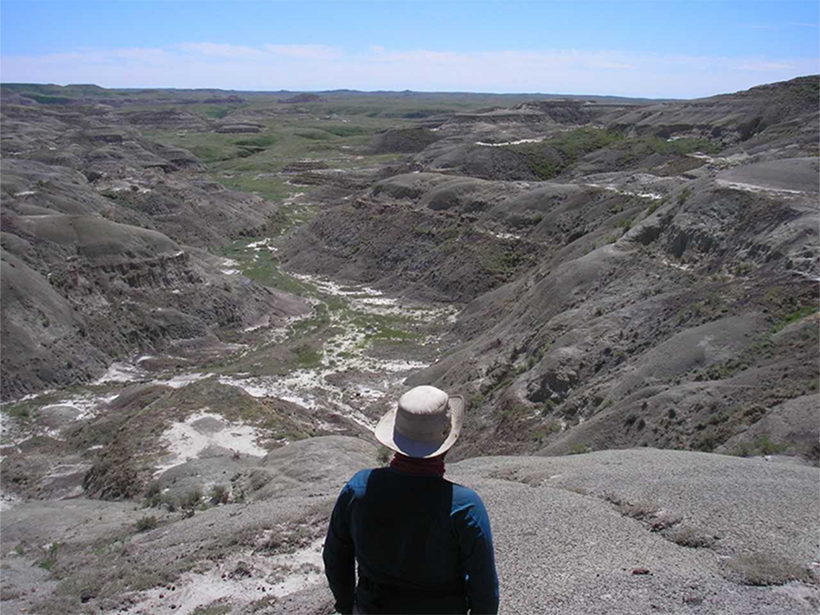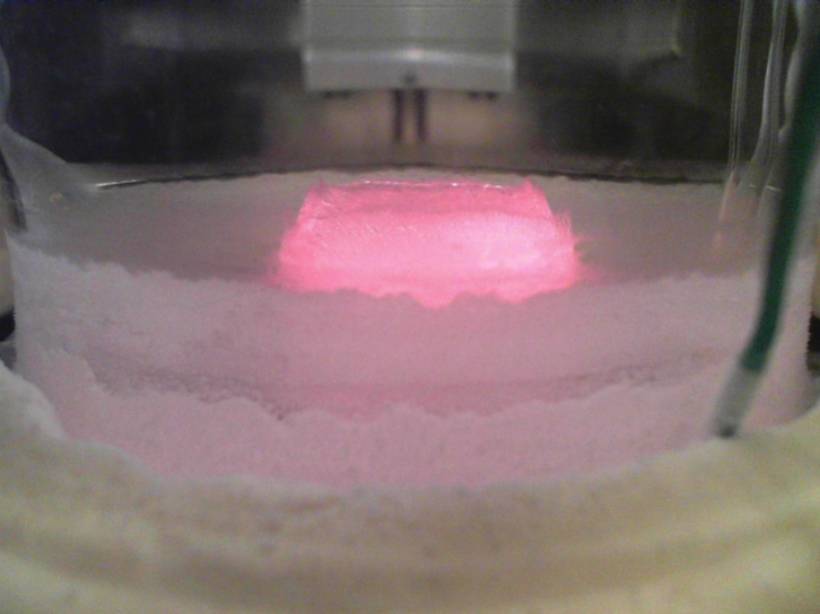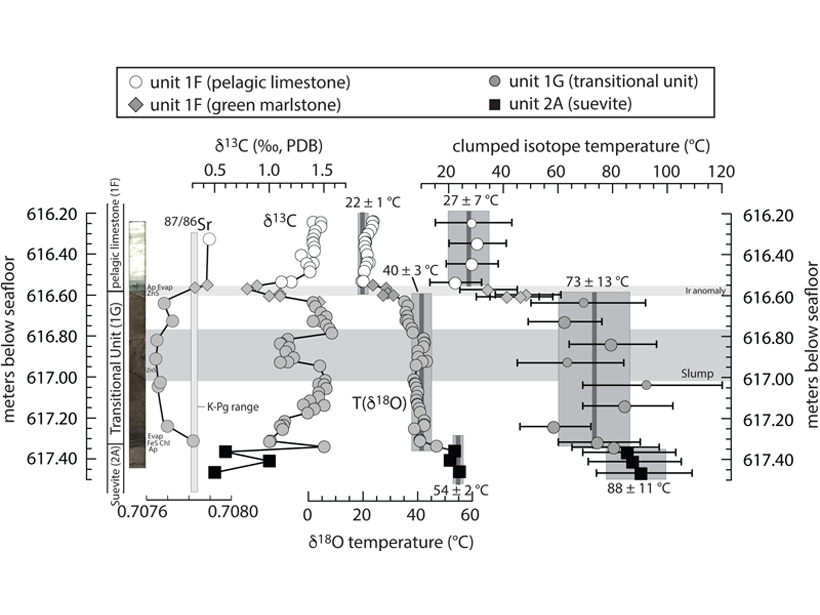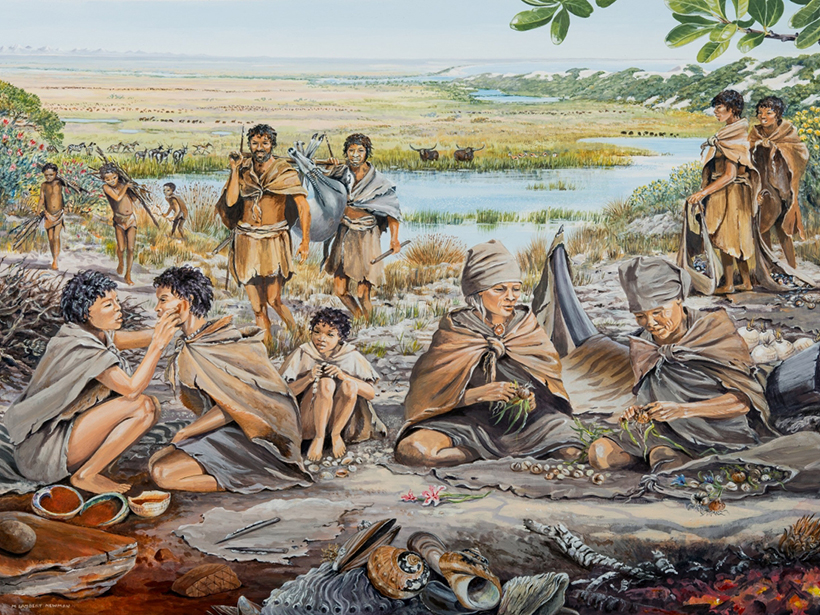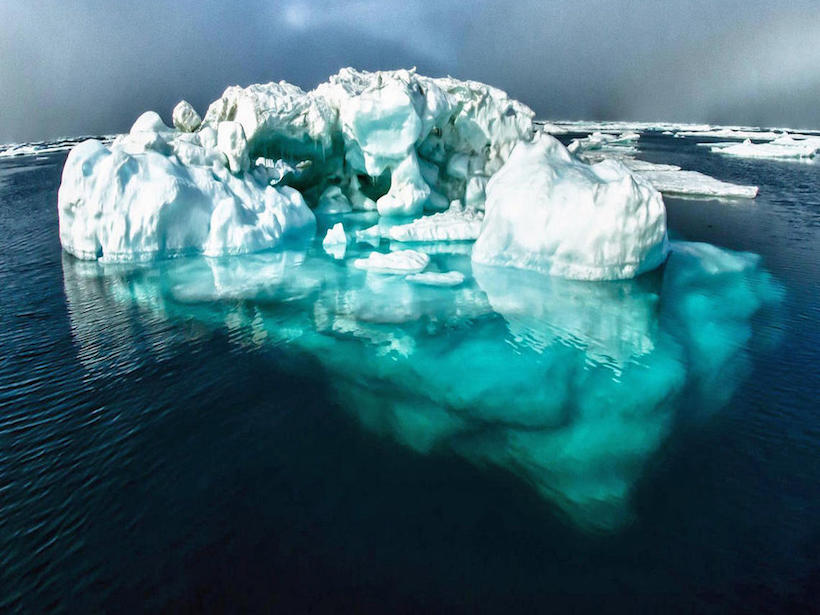Exposure to sunlight creates telltale patterns in the polar ice cap that change over time, potentially providing insight into the climatic history of the Red Planet.
paleoclimatology & paleoceanography
Terrestrial Plants Flourished After the Cretaceous–Paleogene Extinction
Compounds in ancient plant leaves tell the story of how an extinction event shaped our planet’s ecosystems.
The Catcher in the Ice
There are three ways to extract gases from an ice core. The cleanest one, sublimation, is getting easier.
Overturning in the Pacific May Have Enabled a “Standstill” in Beringia
During the last glacial period, a vanished ocean current may have made the land bridge between Asia and the Americas into a place where humans could wait out the ice.
Life in the Chicxulub Crater Years After It Was Formed
While the seas were still churning from the impact and the seawater temperatures were high due to the hydrothermal activity, life was reestablishing itself inside the crater.
Finding Prehistoric Rain Forests by Studying Modern Mammals
Mammal teeth store a record of the plants they ate, providing clues about the ecosystems in which they lived.
Abrupt Climate Shifts Change the Latitudes of Storm Activity
A new 6500-year construction of storms combined with other paleo-storm records finds abrupt changes in the Atlantic Ocean circulation impact the latitudinal preference of storm activity.
A Lost Haven for Early Modern Humans
Sea level changes have repeatedly reshaped the Paleo-Agulhas Plain, a now submerged region off the coast of South Africa that once teemed with plants, animals, and human hunter–gatherers.
Sediment Layers Pinpoint Periods of Climatic Change
Researchers studying sediment cores from the Gulf of Alaska have pinpointed when the Cordilleran Ice Sheet, now extinct, disgorged icebergs into the Pacific Ocean.
Bat Guano Traces Changes in Agriculture and Hurricane Activity
Researchers hiked and rappeled into two caves in Jamaica to collect over 40 kilograms of excrement.


